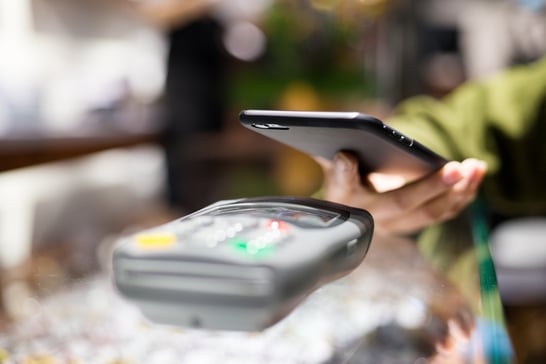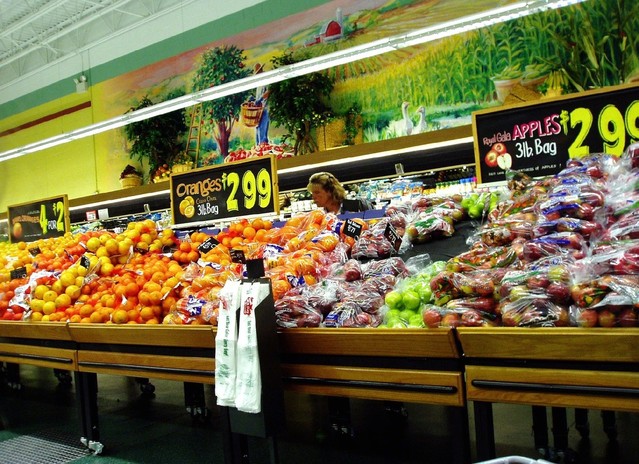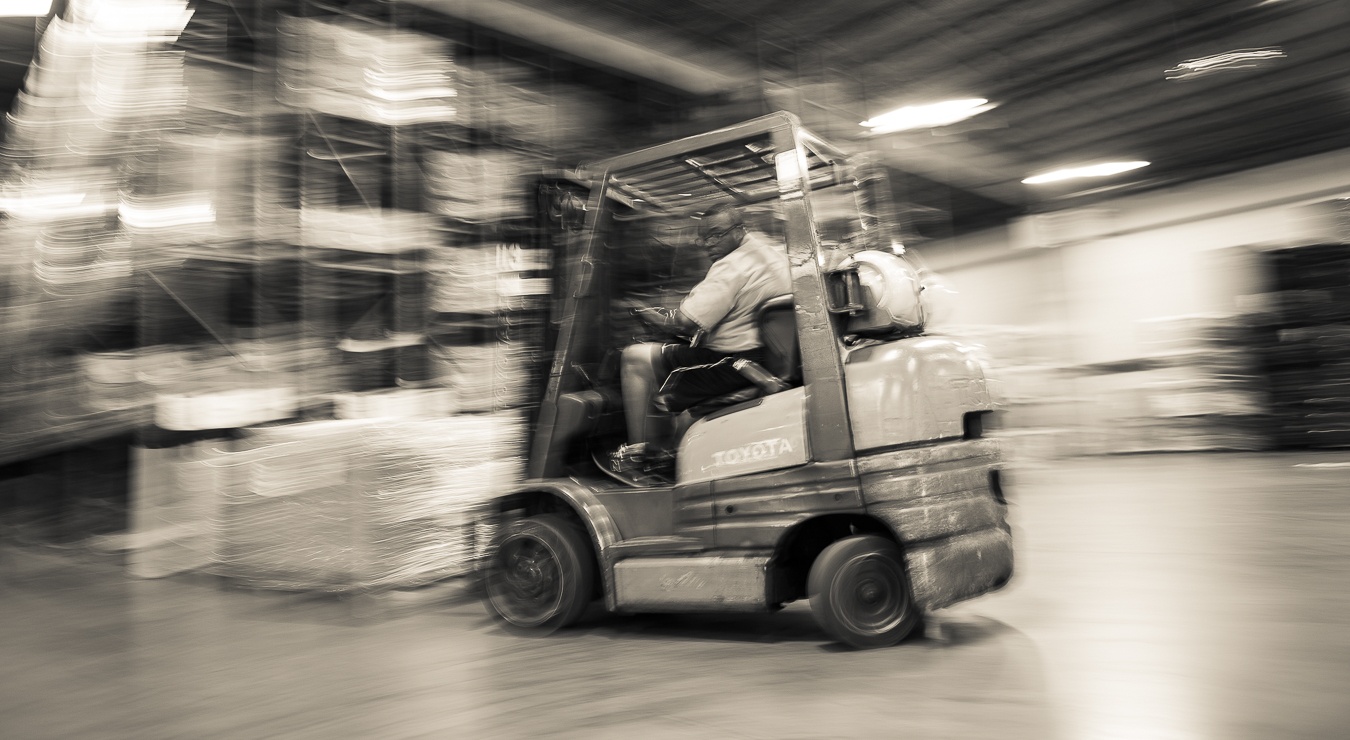Just-In-Time Delivery Goes Straight To The Fridge
We recently came across an article released by the Wall Street Journal that takes just-in-time delivery to the next level. A Stockholm delivery...
2 min read
 Chadwick Heard
:
Feb 22, 2017 12:03:25 PM
Chadwick Heard
:
Feb 22, 2017 12:03:25 PM

No doubt you've heard plenty about smart devices, but you probably haven't heard a lot about smart stores and how they're changing the way supply chains work. As someone who cares about making logistics work in your company, it's something to pay attention to. It may reach a point in the next few years where you'll have to make your business a smart store to improve the way people shop and receive products.
In other words, smart stores stretch the supply chain to new heights. They're already doing this by incorporating existing technologies and using them in more creative ways.
There isn't any doubt that all supply chains need to become more responsive and smarter. You'll find this technology improving planning, buying behavior, and manufacturing. Let's see what technologies this brings and where it's being used.
The Futuristic Retail Store
Amazon has already reinvented the way we shop online, and they're currently on the smart store wagon. Recently, they opened a smart grocery store in Seattle allowing customers to automatically charge items when removing them from shelves. This creates a faster checkout process most grocery shoppers aren't used to.
You're starting to see other retail stores like Kroger, Neiman Marcus, and Lowe's using robots to help guide people to the right products. As futuristic as it sounds, many stores attempt to make it a natural fit rather than obstructive.
Take a look at various technologies you could use now to readjust how supply chains work.
Interactive Technologies
As with the Amazon store above, interactivity is a key to helping shoppers find things quickly rather than have to wait for it. Smart shelves are one good example, including being able to provide recommendations based on someone's lifestyle.
From a logistics point of view, this helps you deal with inventory issues so you can always assure you'll keep popular products in stock.
Something like an interactive mirror in a clothing shop helps the consumer shop smarter, lessening any chance for returns. You may already face too many returns lately and can't handle them all. Interactive shopping brings more targeting to assure shoppers find exactly what they want.
Using Virtual and Augmented Reality
You're seeing a lot more of VR and AR in many businesses. These technologies allow your customers to digitally envision what they want and where they'll find it before they even visit you.
Already, this reinvents the way you've envisioned your supply chain. You're basically restructuring the customer journey so the end consumer purchase whips back to the first stage of materials and supplies.
Self-Checkout Lanes
Many grocery stores use self-checkout technology, and the same goes with some retail outlets. In logistics, trying to get customers to pay their invoices can sometimes bring cash flow problems. A self-checkout system lets shoppers pay in the moment so you receive money now while customers receive their goods immediately.
Giving power to the customer to customize their shopping experience brings a new face to the supply chain. It's worth exploring more of this as the technology advances.
Visit us at RBW Logistics to learn about our 3PL services to help improve the way you handle and deliver products this year.

We recently came across an article released by the Wall Street Journal that takes just-in-time delivery to the next level. A Stockholm delivery...

Smart vests are being designed to monitor and personalize the training of elite athletes. What if the same technology could be applied to warehouse...

There are many changes happening in the logistics industry today. With some of the changes that are coming in the future, companies must start...